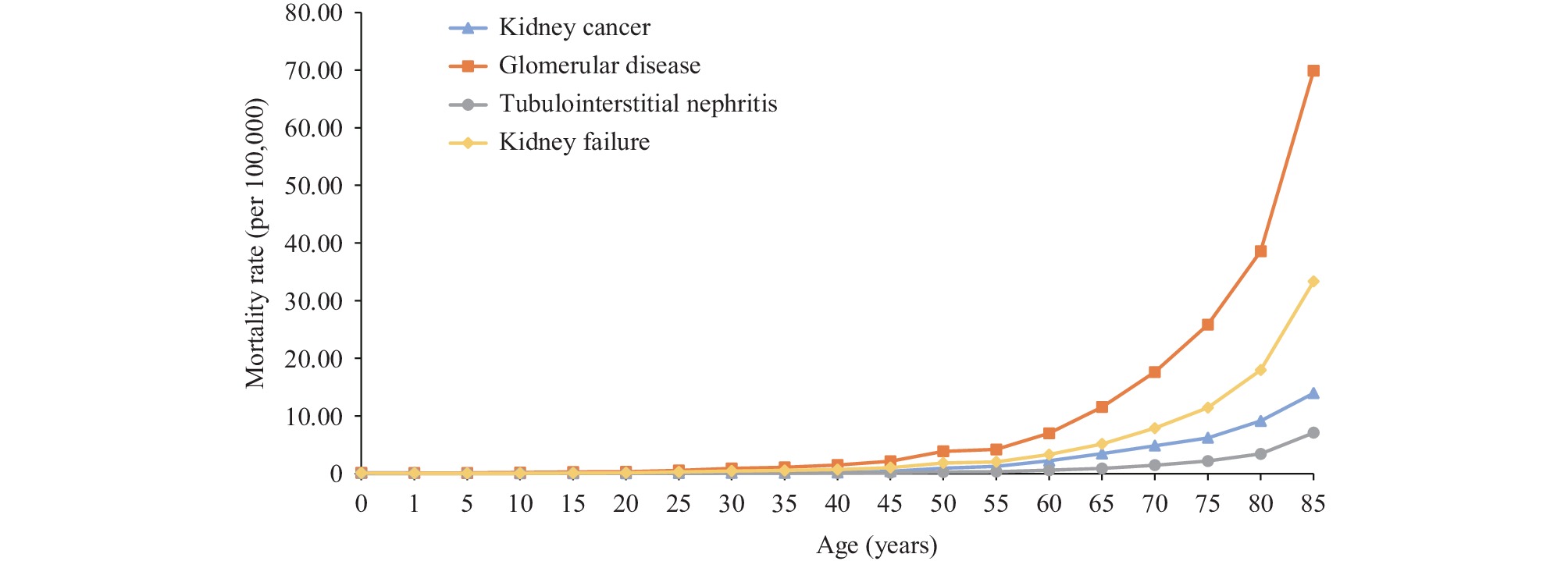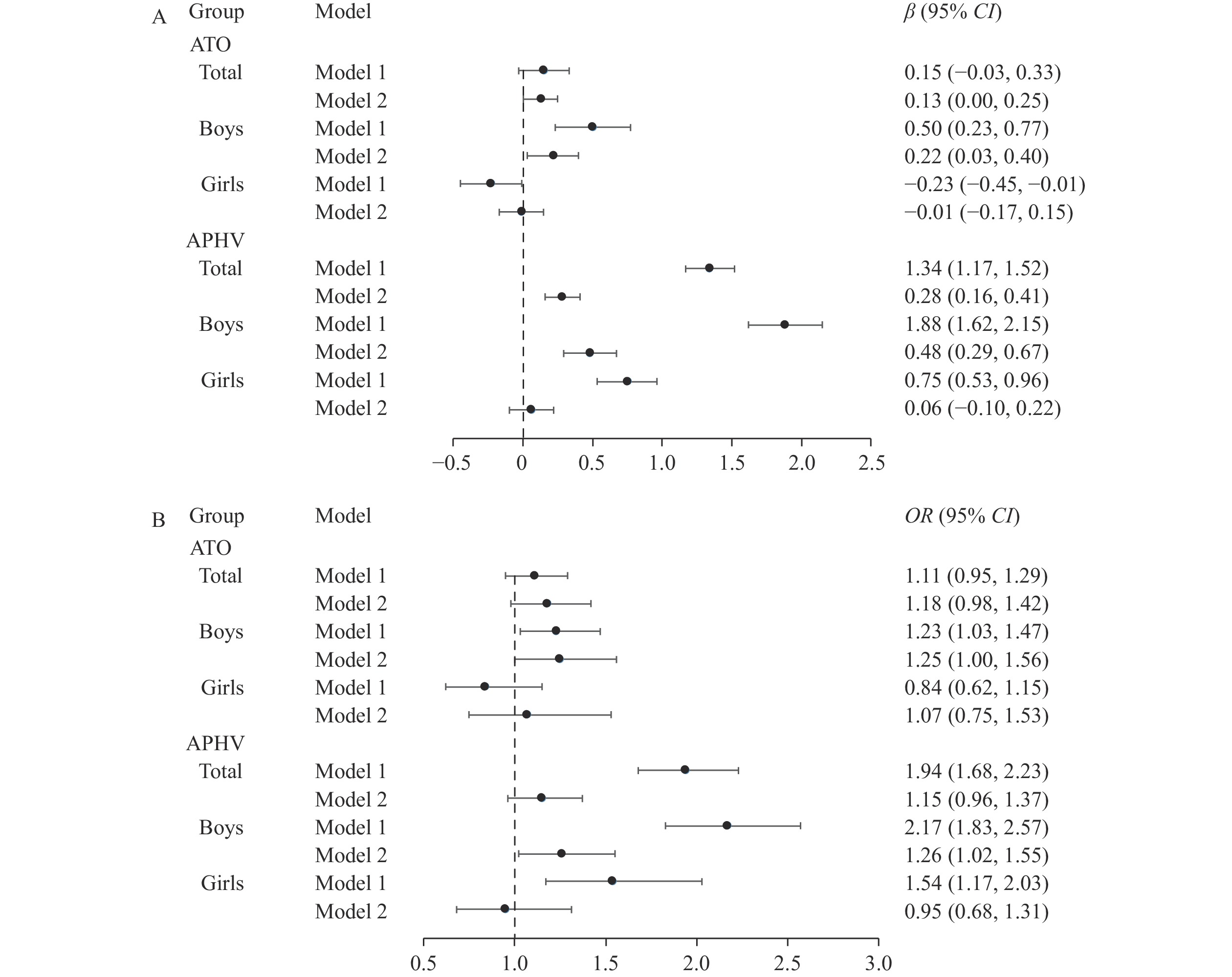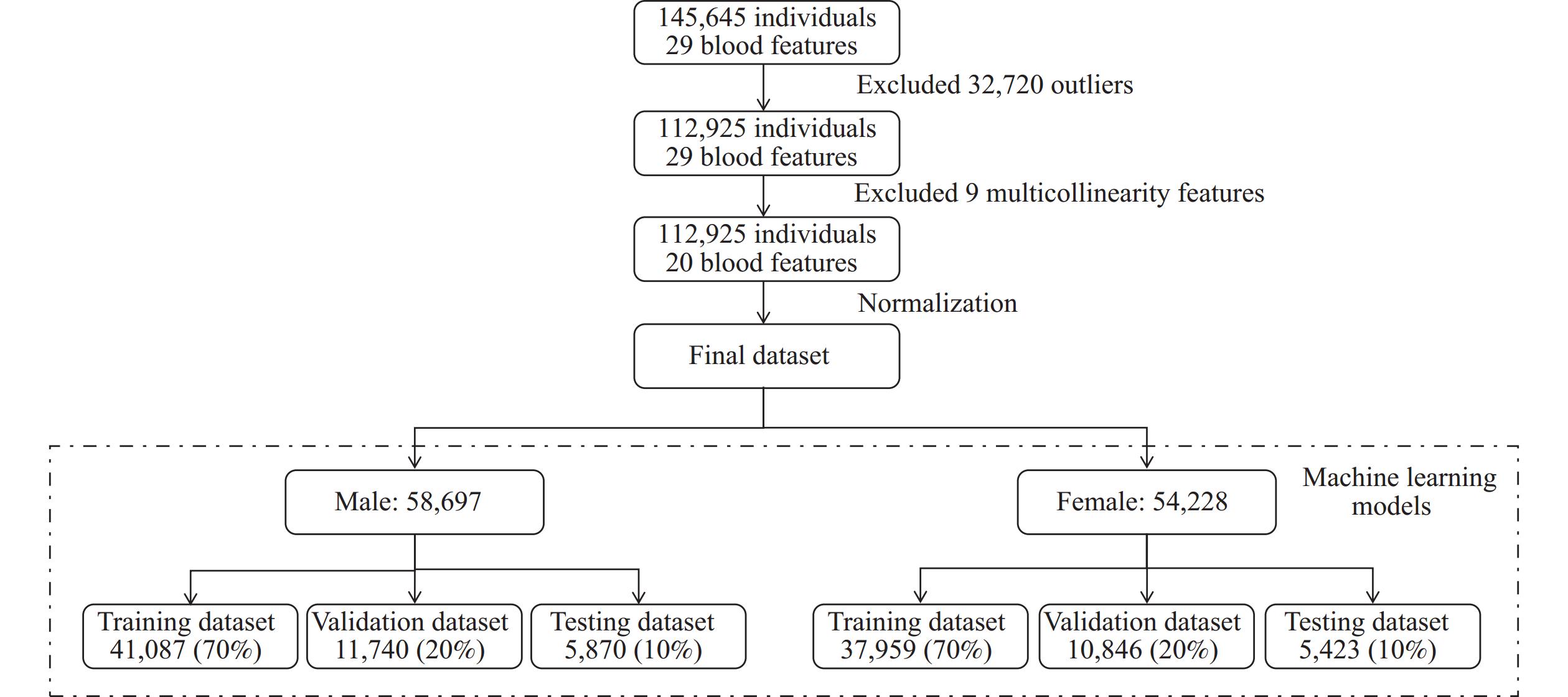2024 Vol. 6, No. 45
Kidney disease represents a significant public health issue in China, yet there is a lack of comprehensive knowledge regarding national and regional trends in its mortality and causes. This study evaluated the mortality, causes, and regional distribution of major kidney diseases in China from 2014 to 2021.
Data pertaining to kidney disease were obtained from the National Death Cause Surveillance System. Estimates were made for both the mortality rates and age-standardized mortality rates (ASMR) for kidney cancer, glomerular disease, tubulointerstitial nephritis, and kidney failure. Additionally, the average annual percent change (AAPC) was calculated to illustrate trends by sex, urban/rural distinctions, and regional differences from 2014 to 2021.
There was a significant reduction in the ASMR for all kidney diseases combined from 2014 to 2021. Analysis of age-specific mortality rates reveals a gradual increase beginning at age 35, with a sharp rise after age 60. However, the ASMR for glomerular disease and kidney failure in females, as well as for tubulointerstitial nephritis in males, displayed a notable decrease. Regionally, the ASMR for glomerular disease in the eastern region and kidney failure in the western region significantly decreased by AAPC of −4.6% and −2.3%, respectively. Conversely, the ASMR for kidney cancer in the central region rose significantly (AAPC=2.1%).
From 2014 to 2021, the ASMR for major kidney diseases remained high among men, urban residents, and individuals in western China. Future prevention and control initiatives should prioritize these disparities to mitigate the impact of kidney diseases.
Lipooligosaccharides from Campylobacter jejuni (C. jejuni) have a mimicry antigen structure with gangliosides, which explains the mechanism by which C. jejuni caused Guillain-Barré syndrome (GBS).
All 12 C. jejuni strains with class R LOSs and specific serotypes were isolated from seagulls in south China. These emerging C. jejuni strains had ganglioside-mimicry antigen structures and possessed a high potential for triggering GBS.
Sialylated lipooligosaccharides (LOS) class R with GBS-associated serotypes isolated from seagulls highlight the risk of induced GBS around coastal or lakeside areas.
The early onset of puberty increases the risk of cardiovascular diseases. Limited research has focused on the association between the onset of puberty, based on sudden increases in height, and obesity in late adolescence.
This report assessed the age at take-off and age at peak height velocity for children and adolescents in China from 2012 to 2020. The results indicated that age at take-off and age at peak height velocity were negatively associated with the risk of late adolescence obesity in boys, independent of childhood body mass index; however, no similar association was found in girls.
Puberty timing influences adiposity. Effective monitoring and management of pubertal development are necessary, and attention should be paid to sex differences.
Biological age (BA) can represent the actual state of human aging more accurately than chronological age (CA).
Using hematological data from 112,925 participants in southwestern China, collected between 2015 and 2021, this study constructed BA predictors using 7 machine learning (ML) methods (tailored separately for male and female populations). This study then analyzed the association between BA acceleration and type 2 diabetes mellitus (T2DM) within this data using logistic regression. Additionally, it examined the impact of glycemic control on BA in individuals with diabetes.
Among all ML models, deep neural networks (DNN) delivered the best performance in male [mean absolute error (MAE)=6.89, r=0.75] and female subsets (MAE=6.86, r=0.74). BA acceleration showed positive correlations with T2DM in both male [odds ratio (OR): 2.22, 95% confidence interval (CI): 1.77–2.77] and female subsets (OR: 3.10, 95% CI: 2.16–4.46), while BA deceleration showed negative correlations in both male (OR: 0.32, 95% CI: 0.27–0.39) and female subsets (OR: 0.42, 95% CI: 0.33–0.53). Individuals with diabetes with normal fasting glucose had significantly lower BAs than those with impaired fasting glucose in all CA groups except for patients older than 80.
Artificial intelligence (AI)-based hematological BA predictors show promise as advanced tools for assessing aging in epidemiological studies. Implementing AI-based BA predictors in public health initiatives could facilitate proactive aging management and disease prevention.



 Subscribe for E-mail Alerts
Subscribe for E-mail Alerts CCDC Weekly RSS Feed
CCDC Weekly RSS Feed


